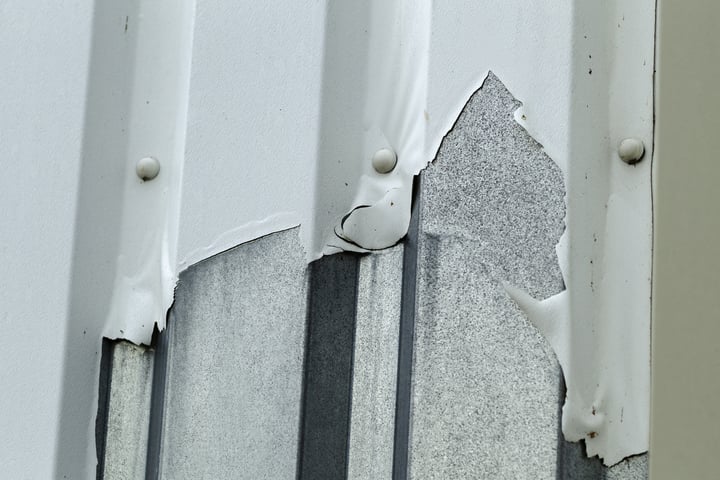
Adhesion is important in many applications where two different materials are bonded or glued together. This includes the applications of a coating such as paint or varnish, bonding with the help of adhesive, and printing. Adhesion problems are one of the main reasons for the failure of such processes. In case you have adhesion issues in your product, keep on reading to find out how contact angle measurements can help you to pinpoint and solve the problem.
Here, we will talk about the adhesion failure or adhesive failure, which is the interfacial failure between the substrate and the adhesive, i.e., the coating formulation or the glue, for example. We will not touch upon the cohesive or substrate failure which occurs within the coating layer or the substrate, respectively. It is, however, good to keep in mind that understanding where the adhesion failure occurs is the first step in understanding the problem.
If adhesion fails in some products while others are perfectly fine, the most probable cause is the chemical variation between the substrates prior to the adhesion process. Below, we will go through the steps that you should take to pinpoint and solve the problem.
Several steps in the production process can affect the surface chemistry. Try to identify those different steps as well as possible. These are of course highly dependent on your exact process, but some possibilities are:
After you have identified the most probable source(s), measure the static, advancing, and receding contact angles with water. Although static water contact angle measurement can be used to determine hydrophilicity or -phobicity of the surface, it might not always be enough. As the static contact angle can take any value in between the advancing and receding values, there can be a big variation in your static contact angle data from sample to sample. If this is the case, the receding value might give you more assurance that the variation is real.
At this point, it is still difficult to know what the absolute contact angle value should be, but at least the values should be consistent from substrate to substrate. For example, if there is a large variation in CA data of your raw material it means that there is chemical variation in the raw material itself. If you detect variation after the cleaning step, there is a good chance that the cleaning process is not enough to reliably remove the contamination from the surface.
Surface free energy calculations can be meaningful especially if the surface treatment is expected to change only either the polar or dispersive part of the SFE. To get the full picture of your surface chemistry, the surface free energies should be calculated. For example, plasma treatments on polymers typically only increase the polar component of the SFE. Note here though that surface roughness can affect your surface free energy values.
Modify the identified process to reach as low variation in contact angles as possible. Do you need to talk to your raw material supplier to reduce variation in raw material? Or should you implement an additional cleaning process to get more homogenous substrate chemistry? Try to identify and remove the possible sources; for example, is there a too long storage time, or is there variation in the storage conditions?
This step is not necessarily straightforward but if possible try to correlate your contact angle data with adhesion. For example, can you make a test batch that you utilize for adhesion tests? This might require longer monitoring of the process but will give you more assurance that you are looking at the right figures.
From the successful adhesion process point of view, it is crucial to make sure that the material and process you are using are consistent also in the future. As you now know of the contact angle values required at each step of the process, set up a QC protocol to make sure you reach those values also in the future.
If you would like to read more about adhesion and how contact angle measurements can be used to predict it, please take a look at the white paper below.
Standard contact angle measurement considers the surface's chemical properties. The influence of surface roughness is added by utilizing the Wenzel equation.
Cohesion and adhesion are fundamental concepts in the study of physics and chemistry, playing crucial roles in various natural and industrial processes.
Surface inspection is done to guarantee optimum surface properties for coating and bonding
A spreading coefficient is a measure of the wetting behavior of a liquid on a solid surface.
Wetting and adhesion analysis has been added to our all-inclusive OneAttension software and is available for download for all OneAttension customers.
Contact angle measurements offer a fast and sensitive way to evaluate the effectiveness of different cleaning processes.
Depending on the strength of these forces, the adhesion failure can be either adhesive, cohesive, or substrate failure.
One of the main challenges in PCB manufacturing is the adhesion of the conformal coating. Contact angle measurements can be used to predict adhesion.
